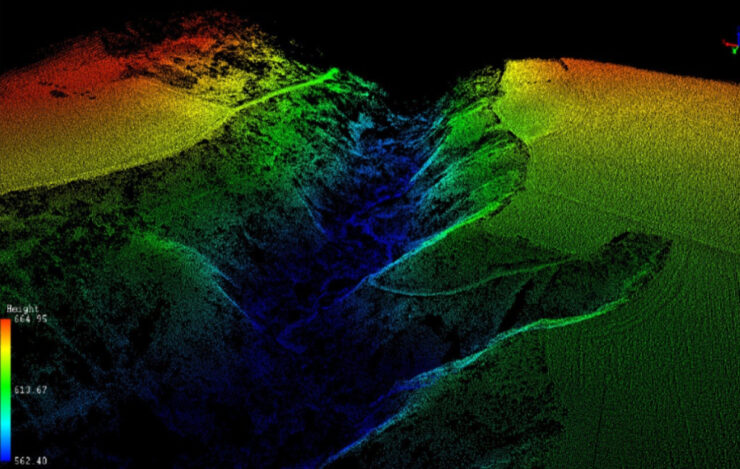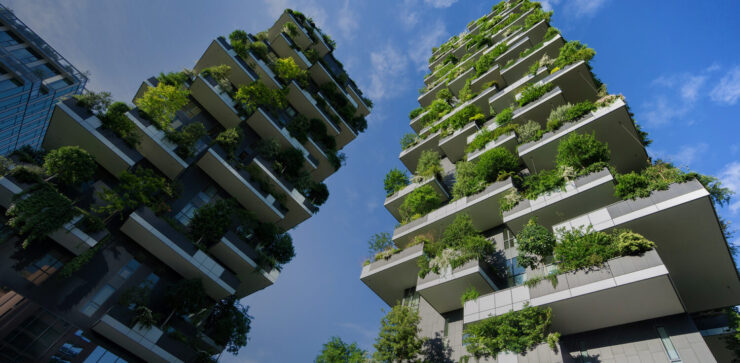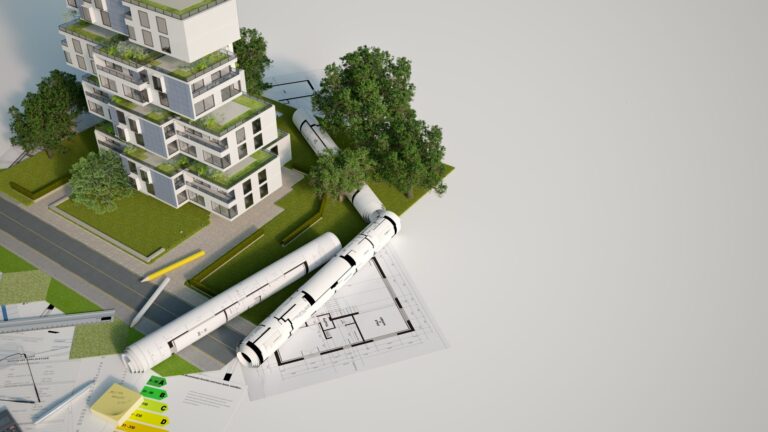In the ever-evolving field of construction, sustainability is the new catchphrase that drives innovation and efficiency. The increasing demand for green construction, made possible through advanced technical services, offers an exciting avenue for both growth and environmental conservation.
Among the many tools that are making waves in this sector, structural 3D modeling stands out as a key contributor to sustainable construction. This blog post explores how these advanced services are reshaping the construction industry for a sustainable future.
Heralding a New Era in Construction
The dynamism and complexity of construction projects often make it challenging to alleviate their environmental impact. However, advanced technology, notably 3D modeling services, is now offering a way around this challenge. In the following sections, we delve into how these services are fostering sustainable building practices.
Drone and LiDAR Mapping

One of the key aspects that structural 3D modeling brings to the table is Drone and LiDAR mapping. Drones equipped with Light Detection and Ranging (LiDAR) sensors can efficiently and precisely capture the physical environment of a construction site. These high-definition 3D models allow architects and designers to reduce waste by planning and designing with accuracy.
BIM for Environmental Impact Assessment
Building Information Modelling (BIM) provides a dynamic 3D model of a building that allows for effective management throughout the building’s lifecycle. With BIM, it becomes possible to gauge the environmental impact of a construction project, enabling stakeholders to make informed decisions that promote sustainability.
AR and VR for Enhanced design
Augmented Reality (AR) and Virtual Reality (VR) technologies form significant components of structural 3D modeling. Leveraging AR and VR can help visualize designs in a realistic environment before construction begins, thus reducing the scope for errors, material wastage, and subsequent negative environmental impacts.
The Intersection of 3D Modeling and Green Construction

In considering the tenets of sustainable construction—efficiency, recyclability, and minimal waste production—the potential contributions of structural 3D modeling services become evident. From concept creation through structural design to project completion, these services provide an advanced and efficient solution that makes sustainability a practical reality in construction.
Streamlining Processes
One key aspect in which these services contribute to sustainability is through streamlined construction processes. By enhancing predictive analysis and testing simulations, 3D modeling can significantly reduce the resources needed, thereby minimally impacting the environment.
Enhanced Material Optimization
In a sector where waste has substantial environmental repercussions, 3D modeling’s ability to optimize material usage is groundbreaking. The precision of these services drastically diminishes waste products, boosting the recyclability of construction materials.
Driving Energy Efficiency

3D modeling can also enhance the energy efficiency of buildings. It allows professionals to undertake energy modeling and find the best ways to cut energy usage, thereby reducing the carbon footprint of construction projects.
Unleashing Future Possibilities
As we tap deeper into a world where green buildings become the norm, there’s no denying the instrumental role 3D modeling services play in achieving those goals. Taking these services a notch higher, the proficient teams at a steel detailing company can provide accurate designs and exhaustive details that lead to efficient construction processes.
Integrated Project Delivery
The integrated project delivery (IPD) model that combines architectural design, engineering, and construction into a single process is now a viable reality thanks to 3D modeling.
Improving Client Confidence

3D modeling offers an excellent way for constructors to showcase their plans and designs to clients. As a result, clients gain a better understanding of the projects and have increased confidence in the builder’s ability to deliver sustainable solutions.
Catalysing Regulatory Compliance
Regulatory authorities are increasingly adopting eco-friendly measures in construction laws, making it crucial for businesses to adapt. Utilizing 3D modeling services can help navigate and align with these regulatory demands efficiently.
The Conclusion
In our collective stride towards a sustainable future, the use of structural 3D modeling in construction holds tremendous potential. By enhancing predictive abilities, reducing wastage, and enhancing energy efficiency, these services are strengthening the underlying tenets of green construction.
Furthermore, their ability to integrate processes, increase client confidence, and simplify regulatory compliance signals a bright future for sustainable construction. As we progress, it becomes clear that companies that adopt these advanced technologies will inevitably lead the way in building a sustainable tomorrow.

